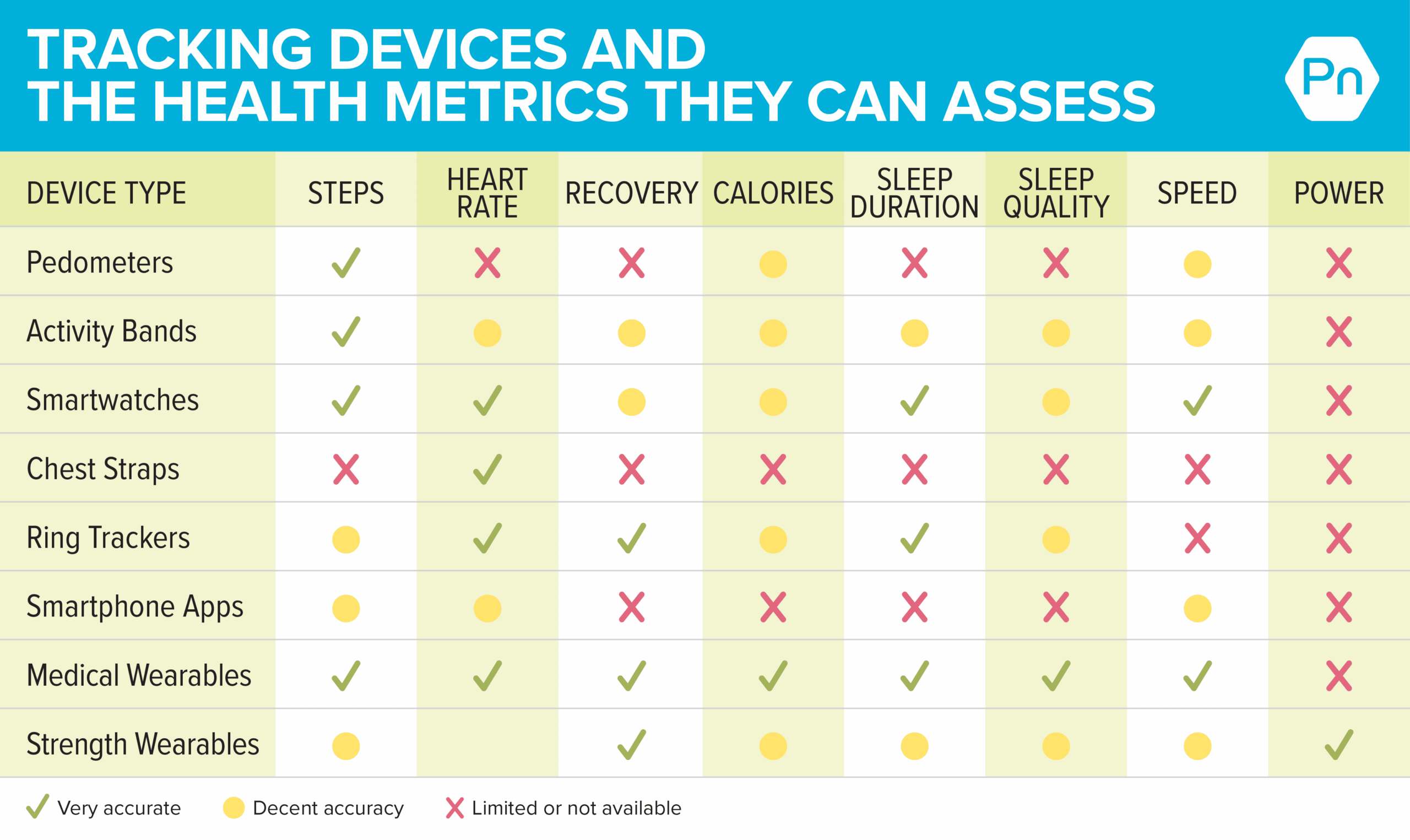For example, heart rate and step-count data are generally reliable,2 but many other types of outputs—from calories burned to movement velocity—have substantial margins for error.
The below chart shows the reliability of various tracking devices.
(If you’re curious, we cover the accuracy of various progress indicators in more detail here: Are Fitness Trackers Worth It?)
Next, when is tracking actually helpful?
The good: Tracking devices offer us more data about our behaviors and bodies than ever before.




Post Comment